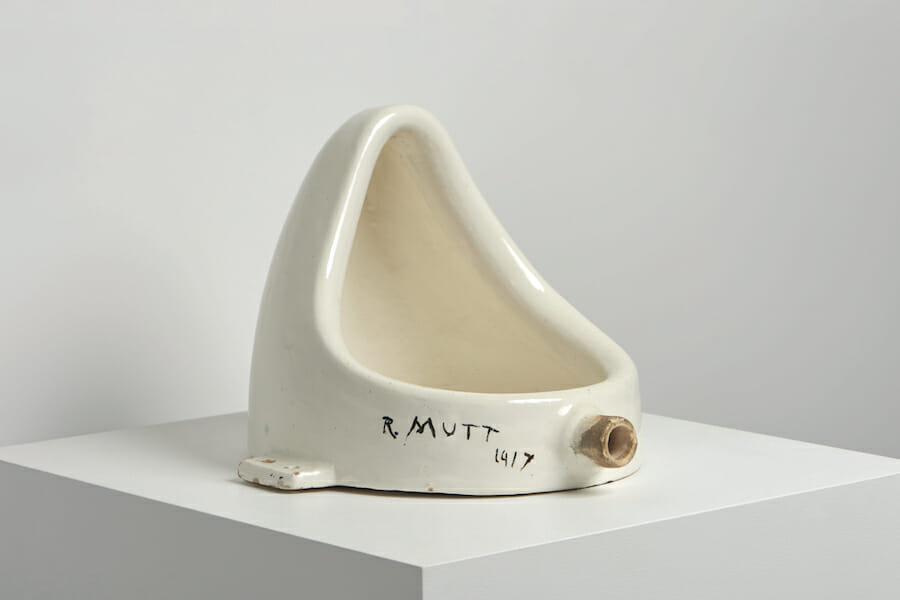
‘Marcel Duchamp: Art of the Possible’ Review
The familiar phrase is “Art is in the eye of the beholder,” but do you know the full quote? Author E.A. Bucchianeri actually wrote, “Art is in the eye of the beholder, and everyone will have their own interpretation.” Perhaps no artist lived this philosophy more than Marcel Duchamp; a true artist who inspired so many, and who convinced the art world that even an ‘idea’ could be art. There may be no more perfect fit than Matthew Taylor creating a profile on an artist who touched so many art disciplines…not unlike the director himself.
“I have forced myself to contradict myself in order to avoid conforming to my own taste.” Marcel Duchamp spoke these words and seemed to live by them. He was born in the Normandy area of France, and his grandfather ensured that art surrounded family members. Marcel, his two older brothers, and their sister all became artists. Marcel became the one who inspired, influenced, and created controversy and debate.
Mr. Taylor’s film is, for the most part, a chronological profile of Duchamp. He effectively uses interviews to emphasize the impact. As an example, performance artist Marina Abramovic, filmmaker Michel Gondry, and singer David Bowie…each creative giants in their respective fields…have clips crediting the influence of Duchamp. Others interviewed include art historians, researchers, critics, and other artists. The film takes us through Duchamp’s association with Dada, Cubism, and Conceptualism – though he claimed none of these.
We get a peek at his use of science, language, geometry, and technology in his work, and also learn the stories behind his most famous works, including “Nude Descending a Staircase” (1912), “3 Standard Stoppages” (1914), his “Mona Lisa parody LHOOQ” (1919), and “The Large Glass” (an 8-12 year project). His “Readymades” include the R.Mutt urinal from 1917, which absolutely tested the boundaries of what could be art.
Duchamp had a long-time affair with Brazilian artist Maria Martins, while his second wife, Alexina Sattler, was the former daughter-in-law of renowned painter Henri Matisse, an artist he had once used as a prime example of “retinal art” – pleasing only to the eye. Clearly Duchamp felt art was ‘of the mind’ and he felt taste to be subjective, even an enemy of art. Sometimes referred to as the “Father of Conceptualism,” Duchamp gave a lecture in 1962 titled “Apropos of Myself,” of which the full text is available online.
Mr. Taylor’s film and Mr. Duchamp’s work are quite enlightening as to how the definition of art was expanded, and how that transformation is still impacting today’s artists. It’s mentioned that most every artist wants fame and fortune, and though Duchamp wanted neither, he ended up with both. By the film’s end, we are in agreement with Duchamp that what’s important isn’t the art, but rather the artist. Few have been more important than Marcel Duchamp.

